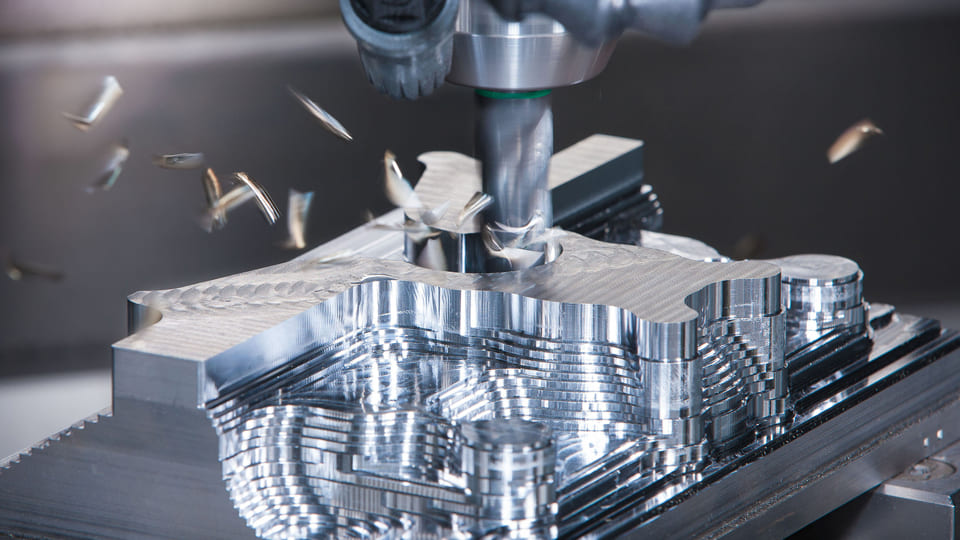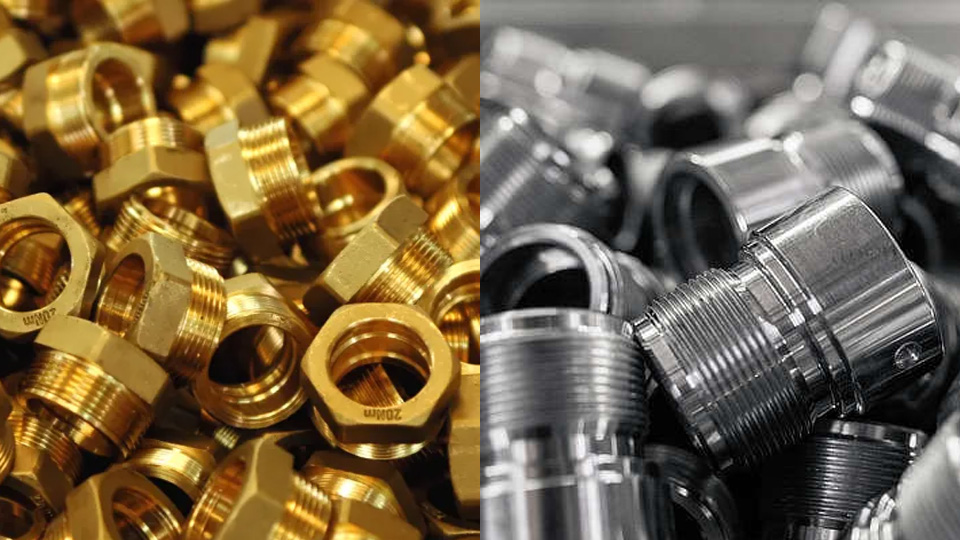Characteristics of thin-wall parts
Thin-wall parts lack a standardized identification criterion. Typically, these parts possess outer dimensions vastly surpassing their internal structure, resulting in poor rigidity, susceptibility to deformation during clamping, and vibrations during cutting processes. when processed, the internal stresses may induce deformations, which lead to quality issues of the parts and non-compliance with technical drawings.

Thin-wall parts are prevalent in the automotive sector that demand stringent specifications. These parts need to have robust corrosion resistance, high-temperature resilience, and lightweight. Consequently, materials such as aluminum alloy and aluminum-magnesium alloy, renowned for their low density, corrosion resistance, affordability and machinability, are commonly selected.
Moreover, thin-wall parts typically exhibit larger dimensions and intricate structures, which increase the risk of deformation. Thus, meticulous deformation correction is imperative for effective processing. What’s more, thin-wall parts often have tighter geometric tolerances, dimensional tolerance and surface quality requirements.
Factors affecting the accuracy of thin-wall parts
Several factors affect the accuracy of thin-wall parts, including:
Weak Stiffness of The Part
Due to their property of weak stiffness, thin-wall parts are susceptible to damage from internal stress, cutting forces, residual processing stresses, and uneven material distribution. These factors unpredictably occur, posing challenges in predicting subsequent processing tool adjustments and risking part scrappage due to excessive cutting.
Tool Utilization
The intricate structures of thin-wall parts require multi-step processing, and each step is related. When machining the parts, Tool-related factors such as tool selection, trajectory, and cutting angle, are susceptible to shape variations in thin-wall parts. Failure to address these issues adversely affects overall quality.
Clamping Operations
The machining of thin-wall parts involves numerous clamping stages, each with its complexities. Non-compliance with standard clamping procedures may generate deformation stress, and exceed thin-wall part tolerance limits.
Chatter
Chatter, a major issue during thin-wall part machining, primarily results from inherent machine tool vibrations. Chatter leads to defects in thin-wall parts.
Tips for CNC Machining Thin-wall Parts
Part Clamping
Meticulous analyzing the part positioning during clamping to mitigate deformation risks. Utilize specialized fixtures, such as auxiliary supports and aids.
Additionally, temporary measures like increasing wall thickness or utilizing auxiliary materials can bolster thin-walled part rigidity.
Cutting
Optimal cutting strength and angles are critical for high-quality machining. Factors influencing cutting strength, including tool structure, tool parameters, and cutting speeds, By effectively controlling these factors, the cutting intensity can be accurately controlled to ensure quality.
Adjusting tool rake and relief angles can minimize deformation and friction issues during cutting, thus reducing thin-wall part deformation. During the cutting process, the radial and axial cutting forces are also affected by the main declination angle and the secondary declination angle. The main declination angle of 90 degrees can better adapt to the weak stiffness of thin-wall parts.
Cutting Methods and Paths
Incorporating new tooling methods and optimized tool paths, such as one-time rough machining, utilizing high-line trajectories and machining volumes can enhance processing quality and tool longevity.
Enhancing Traditional Processing Techniques
Leveraging simulation technology and big data analytics facilitates data-driven optimizations in thin-wall part machining. Analysis of factors affecting part deformation informs strategies to enhance processing quality, such as rigidity enhancements and compensation methods. These measures, grounded in theoretical analysis, significantly enhance part production quality.
Improving Part Stiffness
Selecting materials with high modulus and stiffness and employing rigorous inspection procedures post-processing ensures optimal part stiffness.
According to the detection points obtained during the inspection, the detection points are fitted with the CAM system, and the processing status of the thin-walled parts within a predetermined period is inferred based on the fitted detection points. The processing trajectory is redesigned according to the processing status and corrected after the completion of processing.






